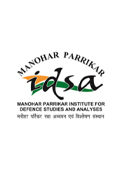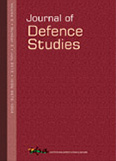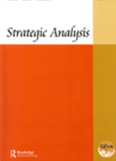Sharm Al-Sheikh Indo-Pak Joint Statement: A Different Perspective
As the din and the dust raised by the Sharm al-Sheikh document settles down, it seems to be opening new possibilities for India to effectively deal with the emerging situation in Pakistan by finally being able to encourage and back ideas of democratic federalism and non sectarian polity in that country. The reference to Baluchistan in the Sharm al-Sheikh Joint Statement has invited the sharpest reactions. But, has not that reference elevated the issue of continuing Pakistani persecution of the Baluchs to an international level?
- P. K. Upadhyay
- August 07, 2009







